ethics
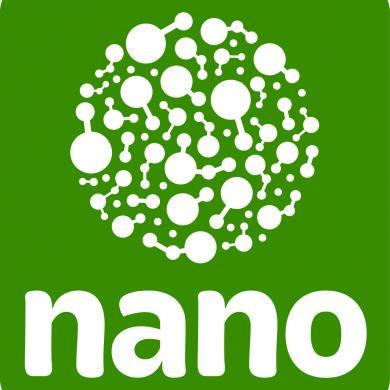
Nano and Society Training Materials
Professional development training tools to prepare staff and volunteers to facilitate Nano and Society activities.
Product
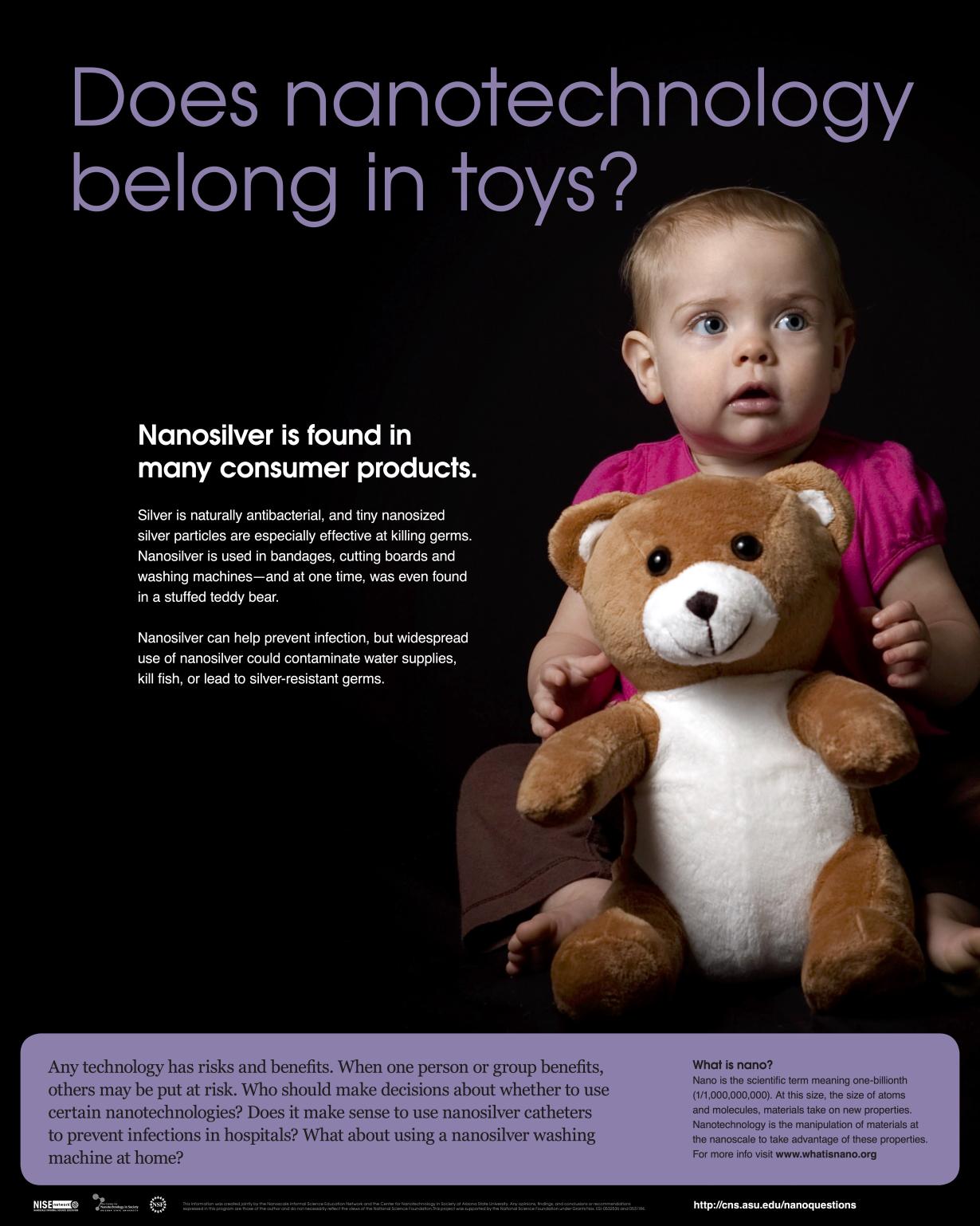
Nano & Society Posters
Posters featuring the science and society connections for nanotechnology; accompanied by a facilitator guide.
Product
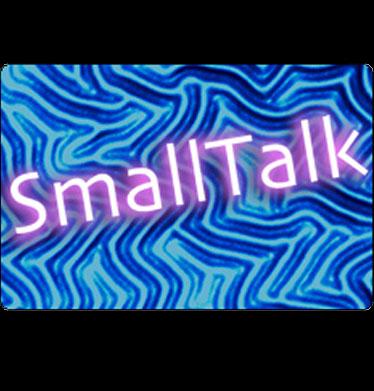
SmallTalk Podcasts
SmallTalk is a podcast series chatting about nanotechnology with leading scientists, thinkers, artists, writers, and visionaries, and look at quirky nanoscience stories in the news.
Product
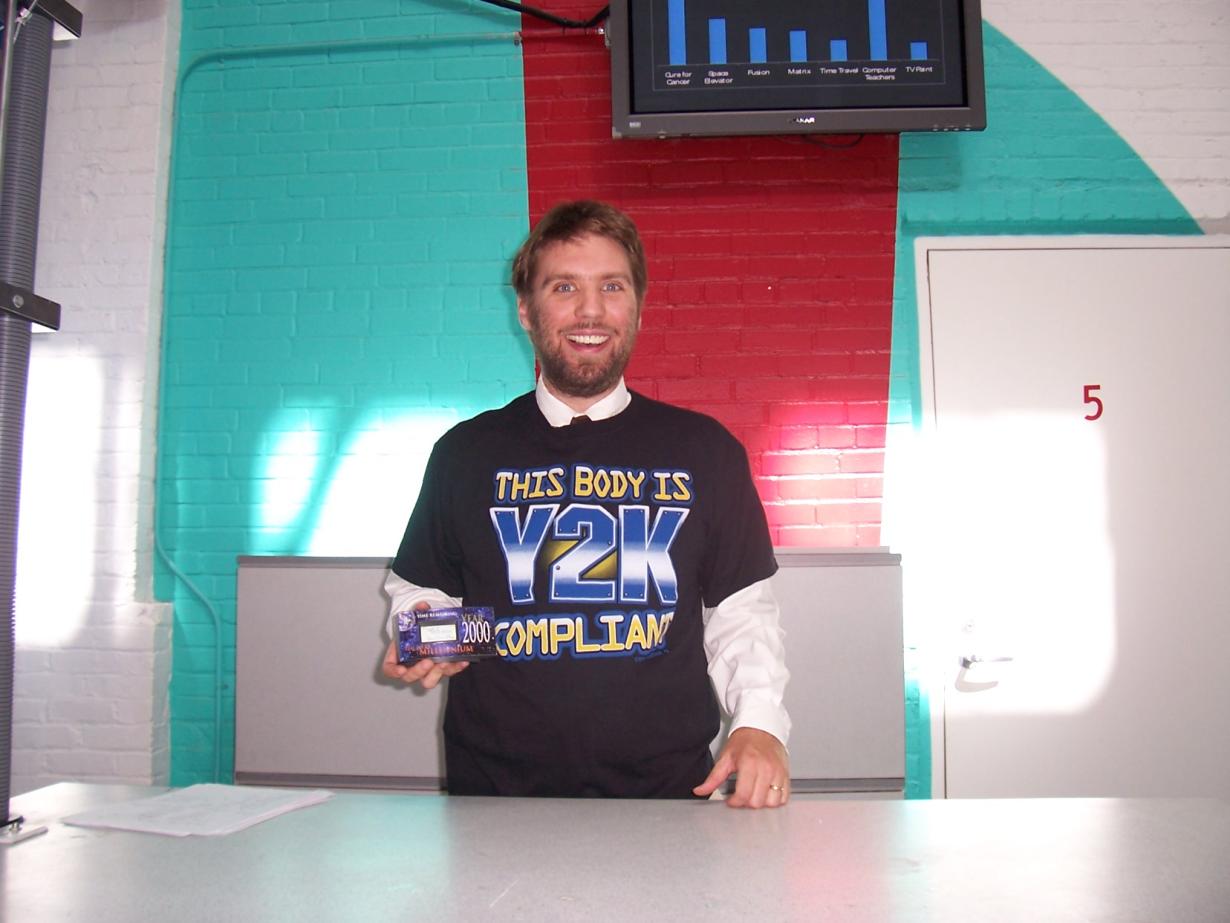
Flying Cars
In this stage presentation, learners explore how people's predictions of future technology change throughout time.
Product
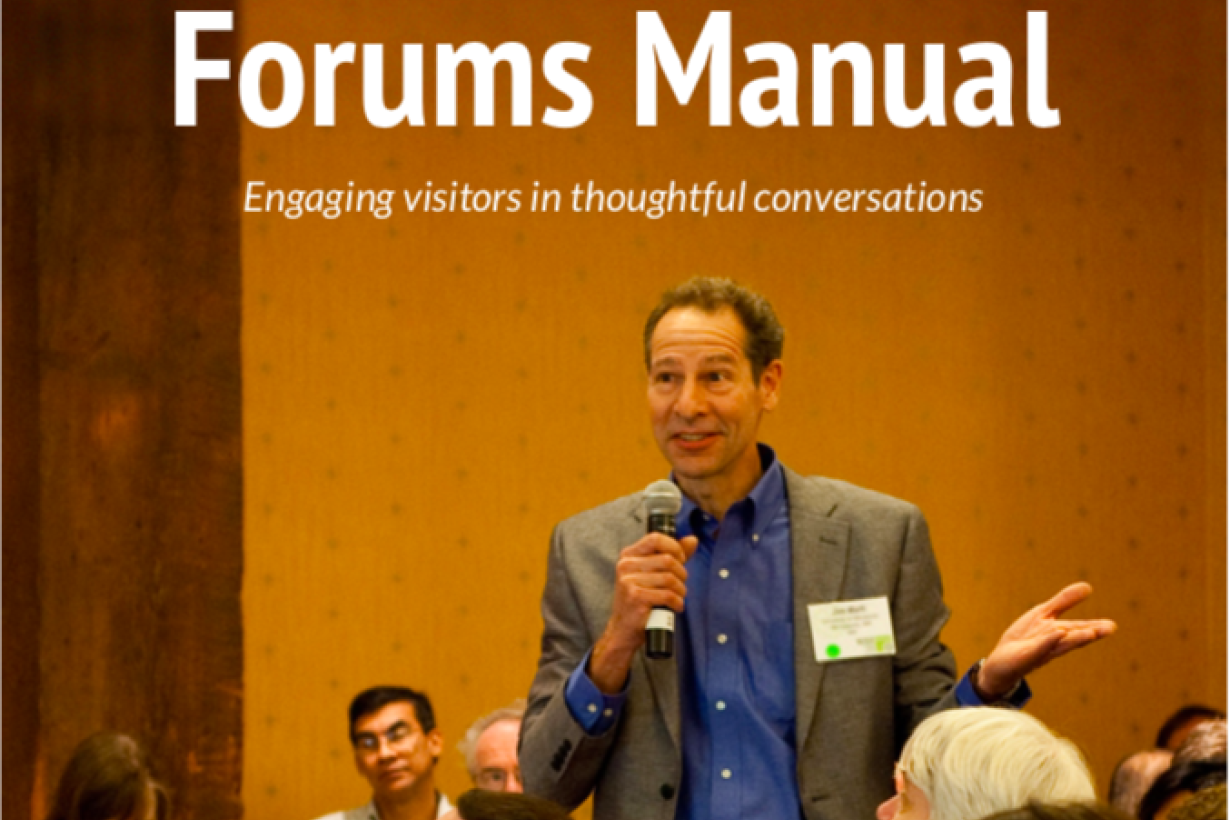
Public Forums Manual
Training guide for planning and holding public forum events.
Product
Same Sides and Let's Talk About It videos
In this program, learners are introduced to nanoscale science which includes 2 ten-minute plays that stimulate conversation about the impact the field of nanoscale science may have on our lives.
Product
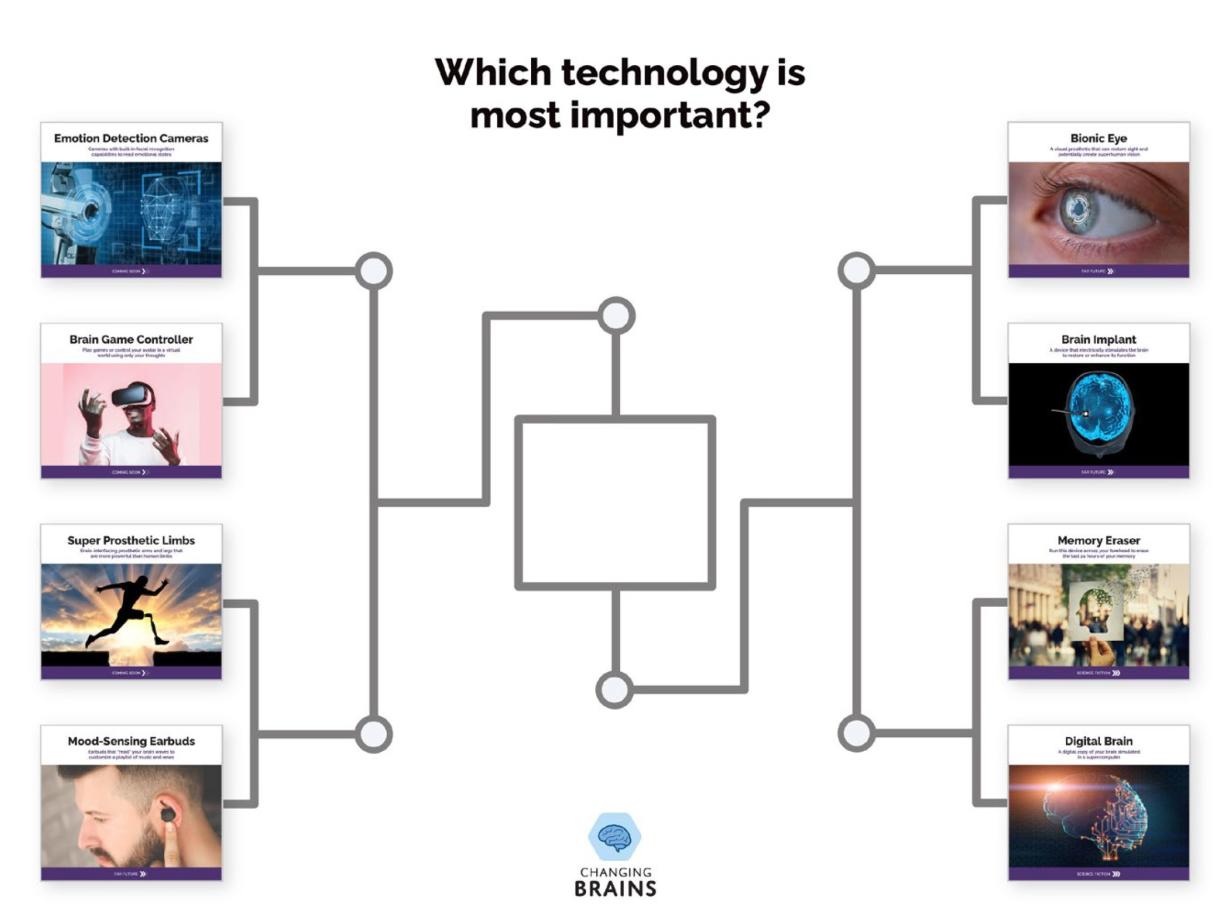
Neuro Futures Championship Game
Pit new neurotechnologies head-to-head using a sports-style bracket.
Product
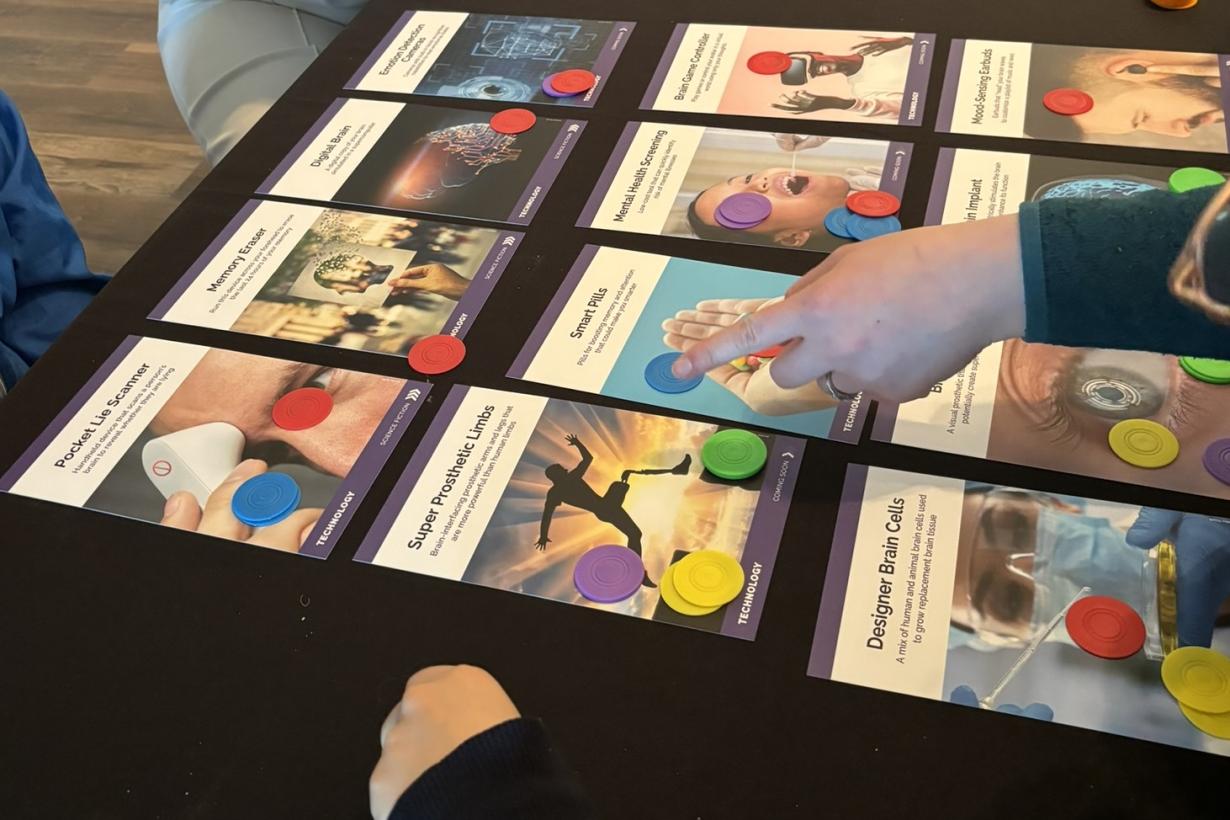
Neuro Futures Card Game
Prioritize cards with new neurotechnologies according to your own values and the values of others.
Product
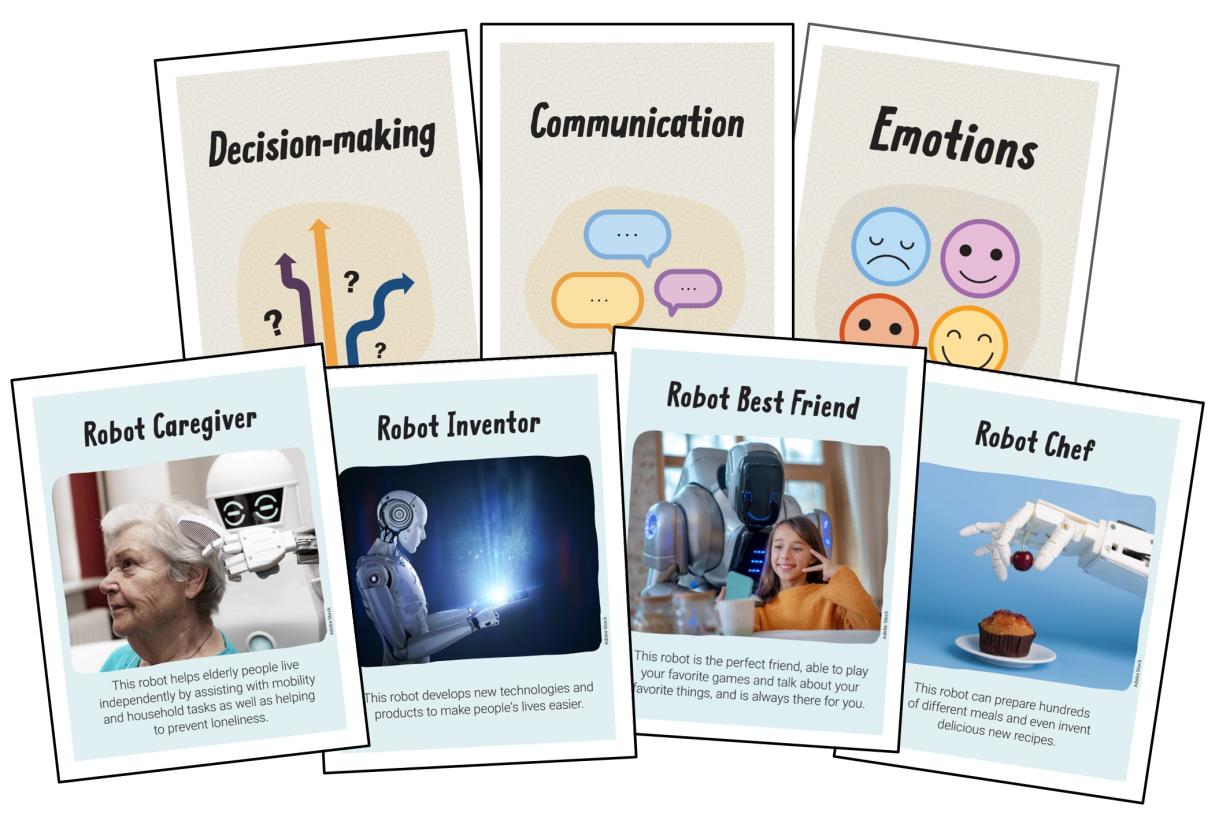
What Makes Us Human
Explore what it means to be human and how humanlike machines might become.
Product
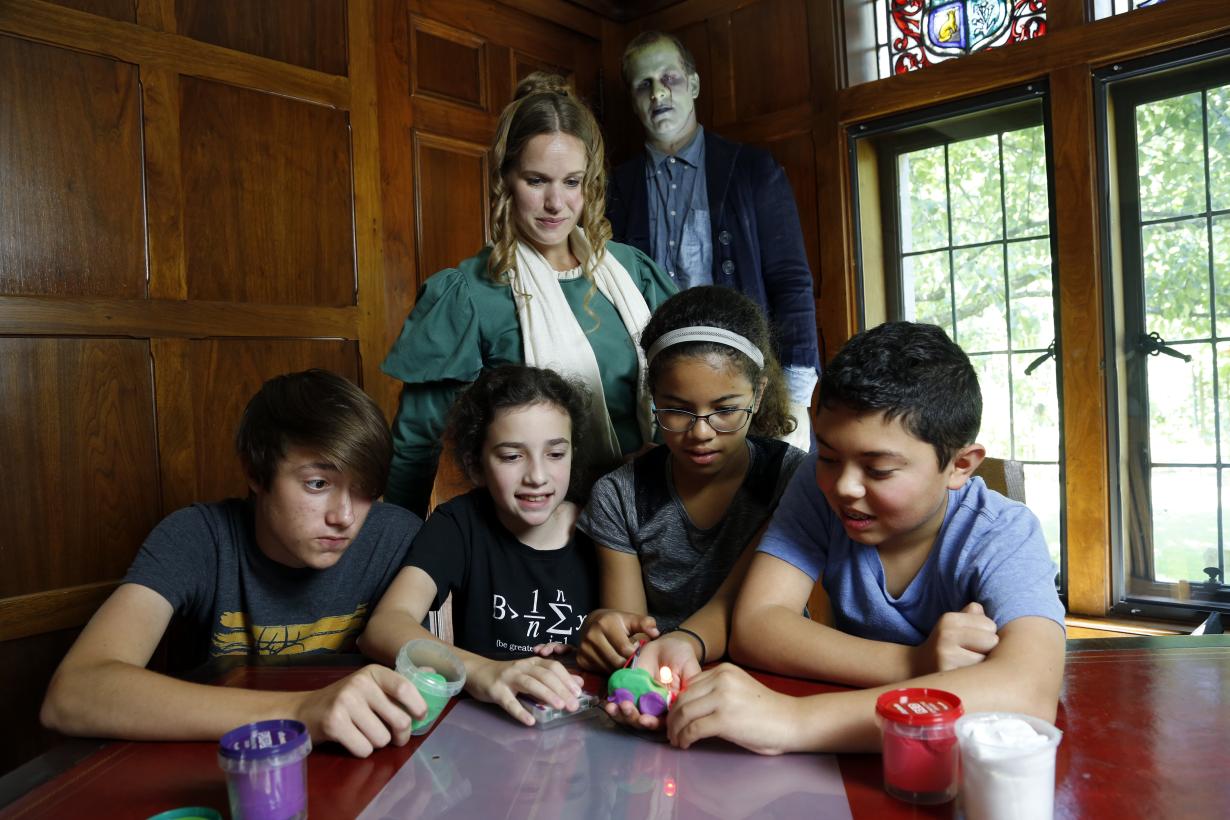
Frankenstein200 Digital Kit
Digital download of all public engagement and professional development files in the Frankenstein 200 kit designed to encourage creativity and reflection about responsible innovation, developed in celebration of the 200th anniversary of the publication of Mary Shelley's novel Frankenstein.
Product
